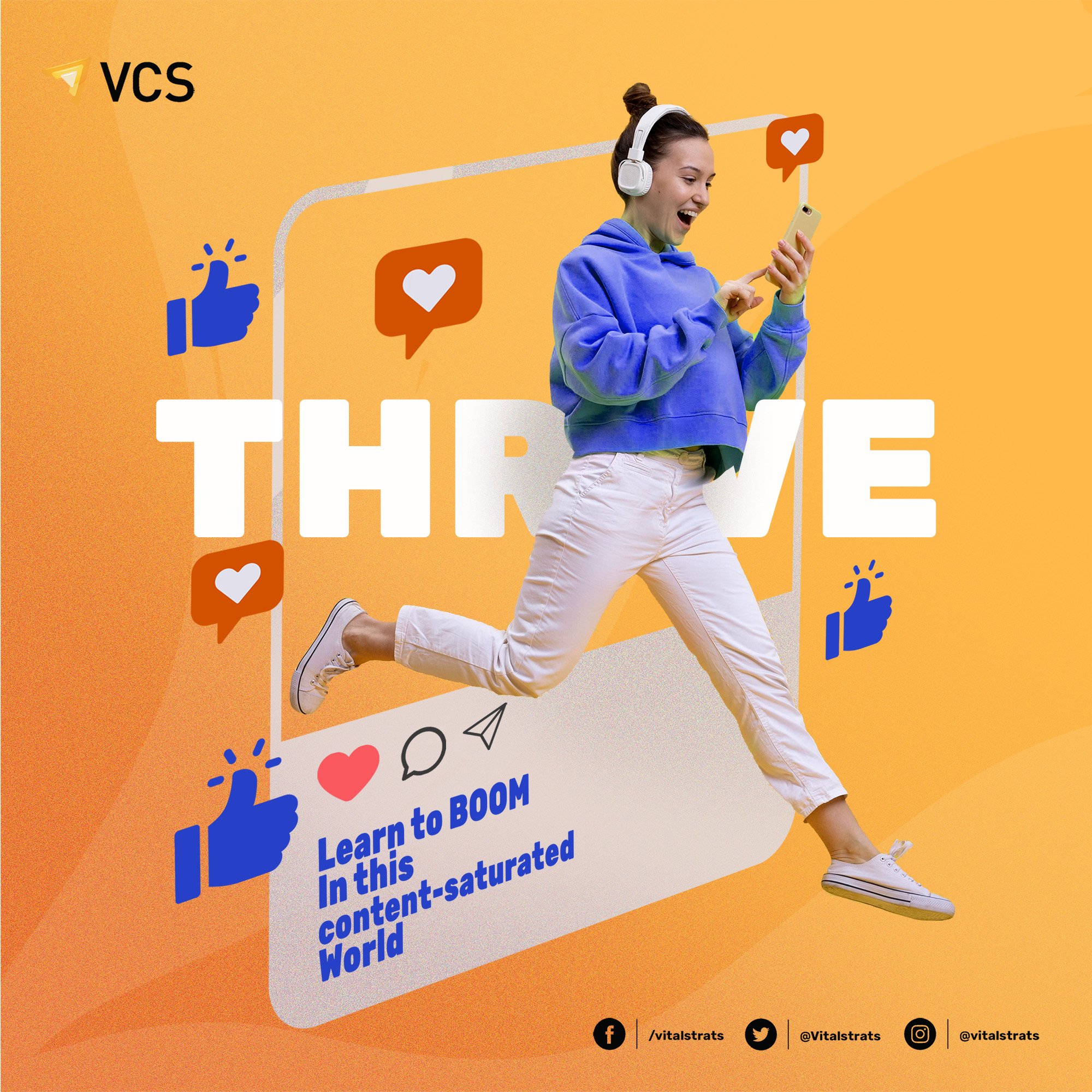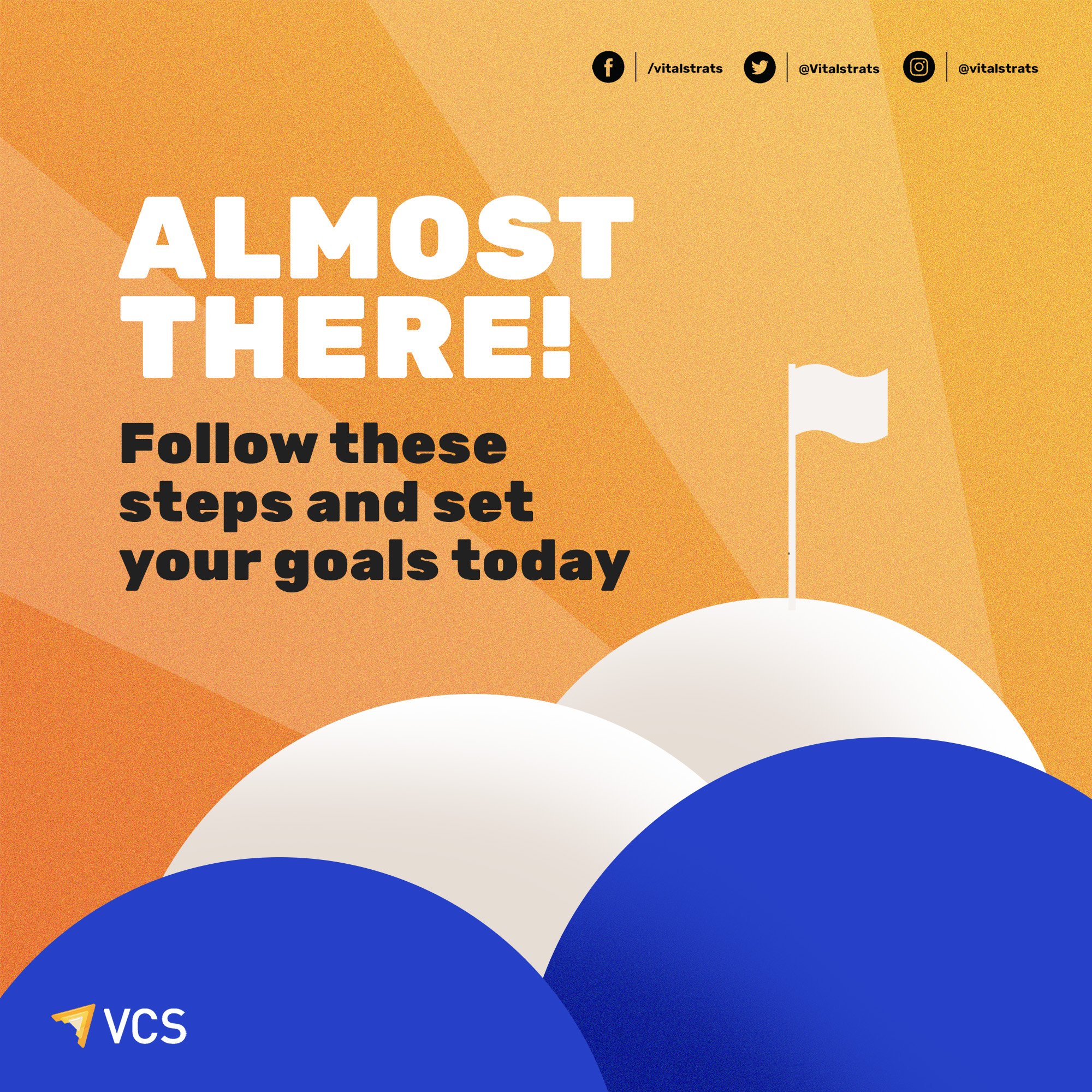H.E.A.D.S. STRATEGY: PRODUCTIVITY HACKS FOR ADHD PROFESSIONALS
In celebration of the 20th ADHD Awareness Week, the AD/HD Society of the Philippines (ADHDSP) and together with the National Council on Disability Affairs organized a webinar series themed, “Kaleidoscopic Minds: The Multifaceted World of ADHD.”
As a proud neurodivergent and member of the ADHDSP, Chief Creative Officer Amrei Dizon served as a resource speaker in one of these online sessions held last October 20. Her talk titled “Get Things Done! Productivity Hacks for ADHD Professionals” featured steps that individuals with ADHD can use to improve workflow and scale up results.
Amrei introduced the H.E.A.D.S. Strategy—HACKS to get things done, ELIMINATE distractions, AUTOMATE processes, DELEGATE tasks, and SIMPLIFY the essence of things.
Let’s deep dive into these hacks one by one!
1. HACKS to get things done
Identify your big rocks - Prioritize significant tasks rather than being caught up in small ones. Question the real value each task holds on your list and evaluate its importance. These will make your plate less full and allow you to move forward to other tasks.
Time blocking - Setting aside specific blocks of time for tasks guarantees completion. Strategize by identifying morning, afternoon, and evening tasks to balance the distribution of responsibilities. Furthermore, reserve time for self-care, meditation, and exercise.
Pomodoro technique - Work intensely for 25 minutes, then take a 5-minute break. This approach facilitates concentrated efforts during work sprints and prevents burnout or slumps that may arise from prolonged hyperfocus on tasks.
2. ELIMINATE - Cutting out the noise and distractions
Workspace declutter - Remove both physical and digital clutter to create a serene environment that aids in better focus. Declutter your desk every night, so before you go to work in the morning, it’s already clean and you get a clearer idea of the tasks to be accomplished. Extend this tidying ritual to your digital spaces by organizing your desktop, addressing unread emails, and streamlining phone apps.
Minimize distractions - Turn off non-essential notifications, unsubscribe from unwanted emails, and opt out of inactive group chats. Use apps, such as Forest, Freedom, and Focus Time, to block distracting websites during work hours.
Eliminate energy drainers - Compare yourself to a fully charged phone, then pinpoint people and activities that dry your battery out. Find ways to minimize their impact on your day and keep tabs on energy recharges, such as taking a quick nap or eating your favorite meal.
3. AUTOMATE - Setting processes that work like clockwork without your constant intervention
Automate routines and rituals - Having established morning and evening routines helps to start and end the day with clarity and purpose. These routines also lessen decision fatigue by enabling you to perform tasks mindlessly. Use the 20-20-20 rule to optimize your first hour each morning: dedicate the initial 20 minutes to reflection, meditation, and journaling; allocate the next 20 minutes to physical exercise; and use the final 20 minutes to prepare for the day ahead.
Automate reminders - Using tools such as Google Calendar In Your Face, Microsoft To Do, and Evernote for reminders can aid in time blindness. Set phone alarms and smart speakers beforehand, and set widgets to make reminders big on your screen. If needed, make your reminders your phone background.
Task batching - Group similar tasks and address them in one focused session. Chunk tasks and break them into smaller, more manageable pieces to make them less overwhelming and more achievable. For example, address all phone calls and emails for an hour before moving on to the next task. You can also list context-based categories instead of having one lengthy to-do list, as it saves time and lets you concentrate on specific batches of tasks aligned with your current mood.
4. DELEGATE - Trusting others to take up tasks, freeing you to focus on what you love
Identify strengths and weaknesses - Understand the tasks that energize and deplete your energy. You can automate the tasks that drain you or delegate them to others to free up your mental energy. If you have a team, delegating tasks helps increase overall efficiency.
Set clear expectations - When you delegate tasks, be explicit about what you expect in terms of results. Be clear on the deadline, the specific requirements, and, most importantly, your definition of done. Use the 3Ws—Who does What and When?
Regular check-ins and feedback - Monitor progress without micromanaging. When you delegate tasks, schedule regular check-ins to address issues or questions and ensure that these tasks are on track. Use delegation tools to assign tasks, track progress, and communicate with team members. Examples are Basecamp, Trello, and Asana.
5. SIMPLIFY - Streamlining, decluttering, and getting to the essence of things
Dedicated spots for everything - If you find yourself constantly searching for stuff at home or in your workplace, have designated places for items, especially those that you frequently use. This creates order and reduces time spent searching for items.
Use templates and checklists - Have checklists or templates for repetitive tasks. Have a list of grocery items, a travel checklist, or a calendar to mark in streaks if there are certain matters you need to accomplish habitually. In terms of work, have a template for FAQs and email responses.
Gamify and have fun - Gamifying tasks and tapping into the dopamine system can be particularly effective for individuals with ADHD. Create challenges with friends or colleagues because framing tasks as quests or missions makes them more game-like. For example, challenge yourselves to see who can finish a task more effectively or who can clean up their inbox faster. Set up a timer or race against the clock because a sense of urgency makes a task more engaging. You can also set up a tangible reward system. For every task completed, you can earn points or tokens that can later be exchanged for a treat or a break. Use charts, apps, or boards to visualize task completion, as it can be inherently motivating when progress is visible.
Learning from neurodivergent perspectives
There is no blueprint for how things are done. What works for one may not work for others. Thus, after Amrei’s talk, there was a panel discussion where participants discussed their own methods of H.E.A.D.S. and shared their ultimate productivity hacks that have significantly improved their routines.
Carla Nobleza, a Project Manager at an IT company who was diagnosed with ADHD and neurosensitivity, first discussed her experiences. In her workplace, she shared that one principle they use for task delegation is the Eisenhower Matrix. It involves a matrix divided into four quadrants: urgent, non-urgent, important, and not important. Individuals can use this matrix to categorize tasks more effectively and discern what to accomplish first.
Carla has been using the Eisenhower Matrix for a year and admitted that it increased her productivity rate by about 85 to 90 percent. She shared that 10 minutes before working hours, she checks her calendar and to-do list, then categorizes her tasks in the matrix. This informs her which tasks to prioritize, delegate to other people, and schedule ahead. Carla also said that a task might be important, but if it isn’t urgent, she schedules it at the end of the week. There are also tasks that she completely disregards—tasks that are both unimportant and non-urgent.
A journey to greater productivity
The implementation of strategic hacks, the elimination of distractions, automation of processes, delegation of tasks, and simplification of approaches offer a dynamic toolkit to enhance efficiency and workflow. As evidenced by the insightful discussion and shared experiences during the webinar, the versatility of these strategies accommodates diverse neurodivergent perspectives.
Embracing personalized adaptations and drawing inspiration from real-world stories, such as the use of the Eisenhower Matrix, reinforces the understanding that there is no one-size-fits-all solution. The continuous exploration of innovative productivity approaches from neurodivergent viewpoints celebrates diversity and fosters a collective journey towards greater productivity and well-being.
Do you have other productivity tips and hacks? Whether it's a smart time management trick, a game-changing app, a mindset shift, or a workflow that keeps you on top of your game, share them with us! Let's learn and grow together!
Vitalstrats Creative Solutions (VCS) is a creative agency based in Quezon City, Philippines.
VCS specializes in content marketing, advertising, and video production. We use strategic creativity to help our clients grow their brands.
Facebook: https://www.facebook.com/vitalstrats/
Instagram: https://www.instagram.com/vitalstrats/
Twitter: https://twitter.com/Vitalstrats
YOU MAY ALSO LIKE




